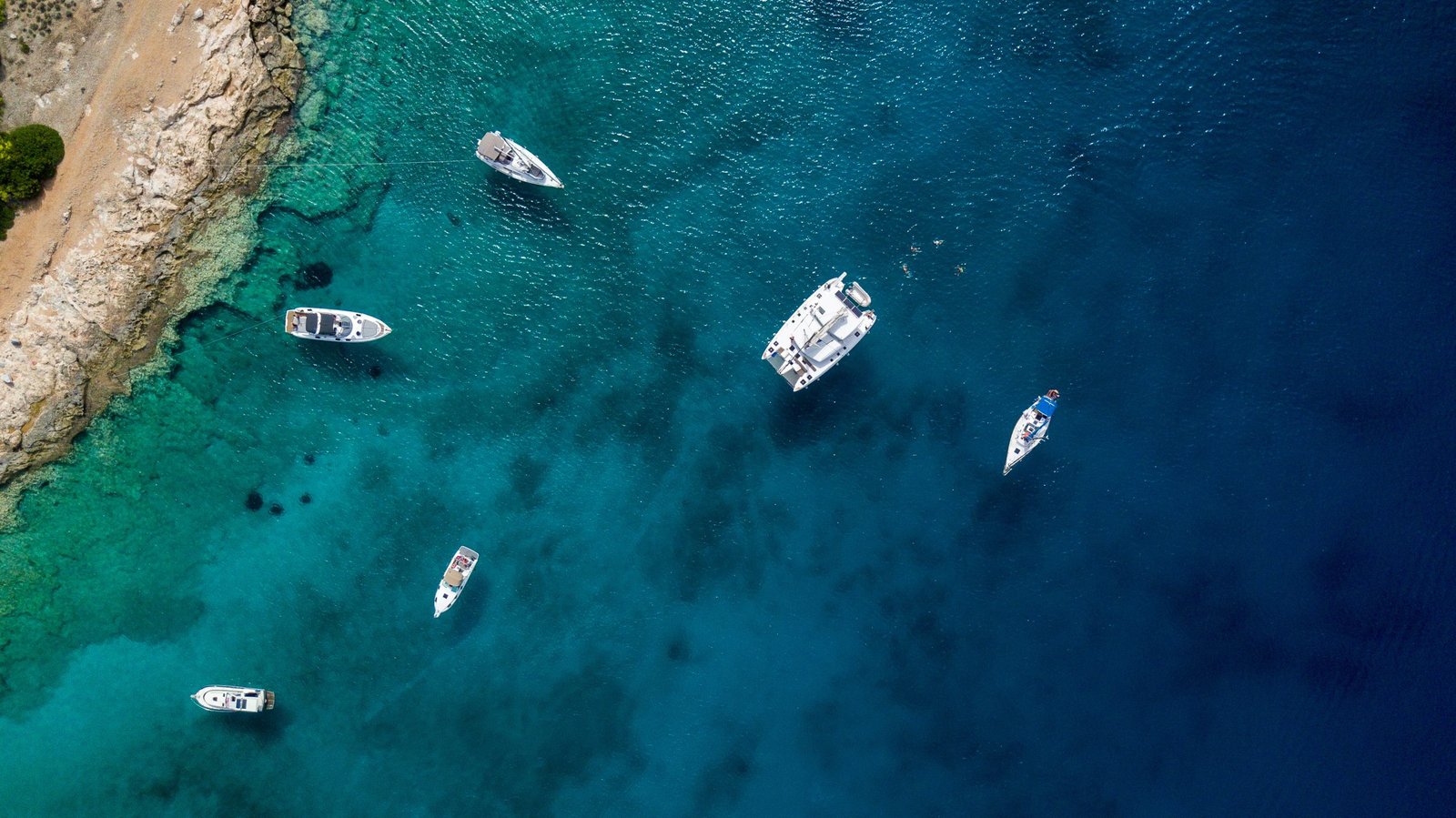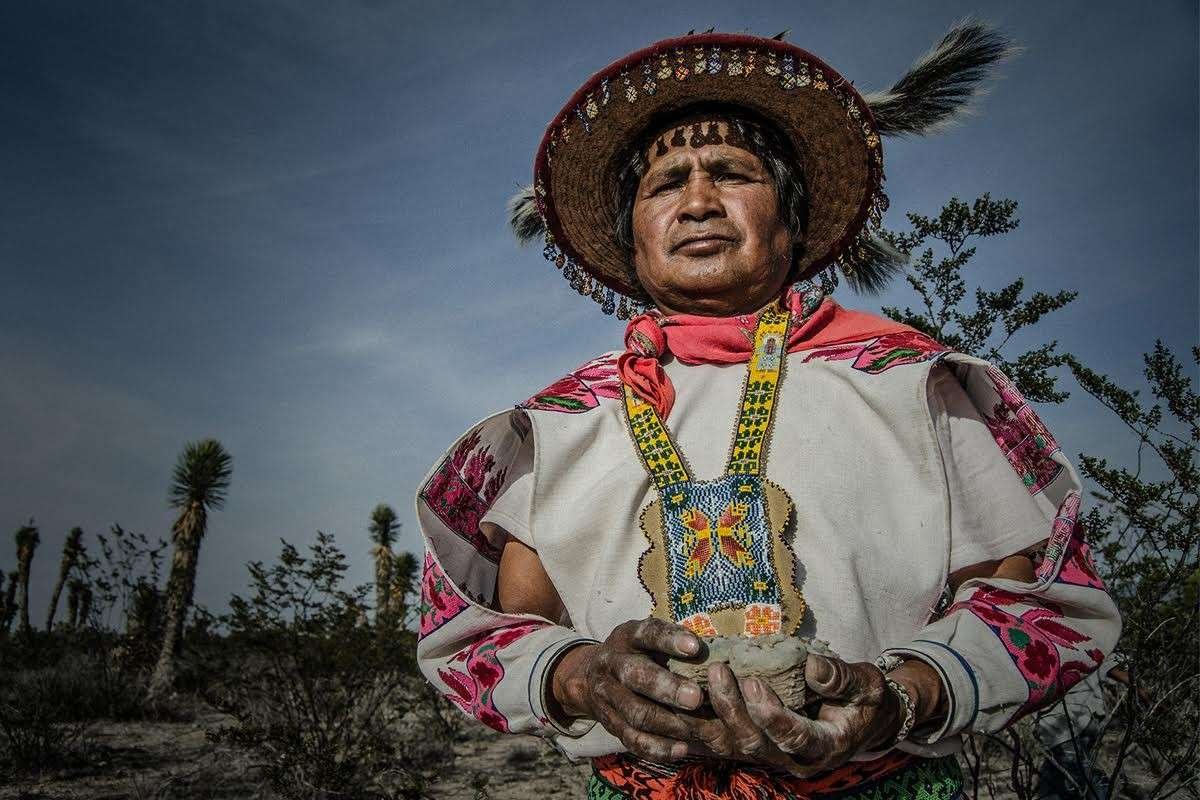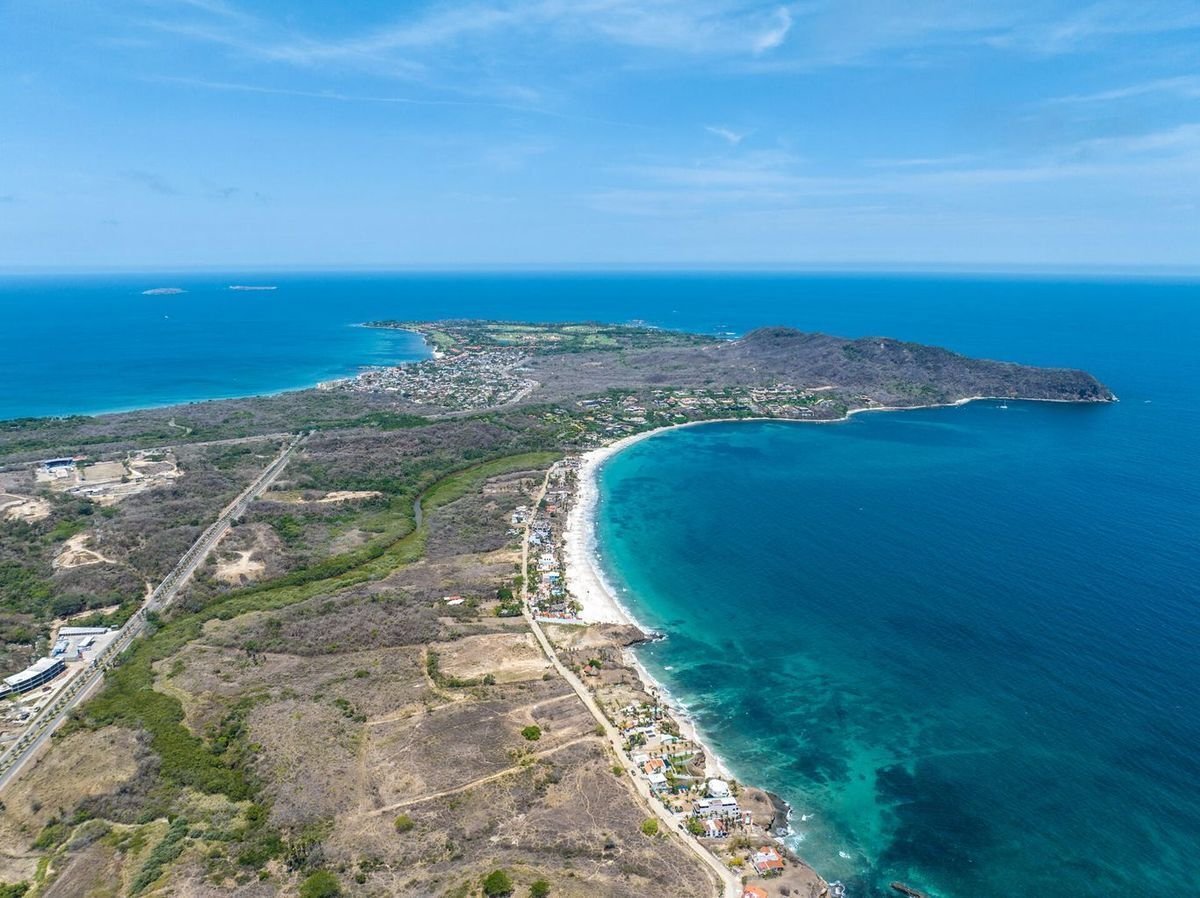Whale Watching in Puerto Vallarta 2024
From late November to mid-March, whale watching in Puerto Vallarta is an exceptional experience for all. Banderas Bay is renowned for its abundance of humpback whales, which migrate to the region annually to breed and give birth within the natural bay’s shelter. This breathtaking spectacle provides us with an opportunity to observe these magnificent creatures up close.
While you can spot the whales from the shore by the water plumes coming from their blowholes, the best way to see them is undoubtedly on a whale watching tour or a private charter. Numerous companies offer these tours, which typically last around three hours. However, if you prefer a more exclusive and customized experience, we suggest arranging a charter with us. This way, you can enjoy being in a smaller group setting and have greater control over where the boat goes, which is especially useful for photography and videography looking for the perfect shot.
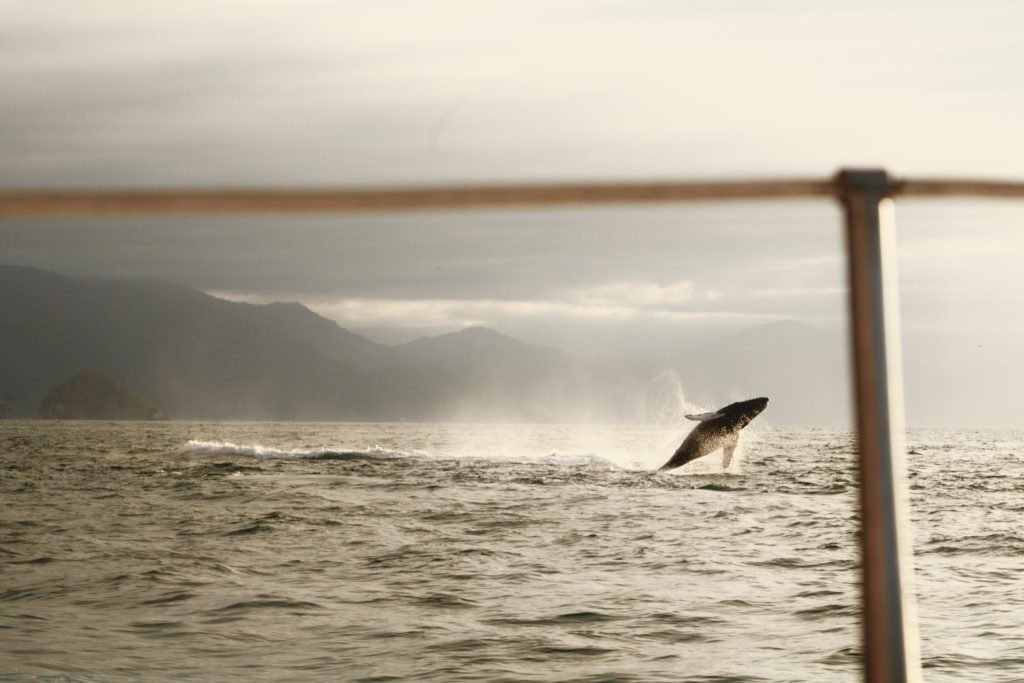
Watching a whale breach from a close distance in a boat is an awe-inspiring and unforgettable experience. Witnessing a massive humpback launch itself out of the water and splash down is thrilling yet humbling. Depending on the boat’s proximity to the whale, you may even hear its breath as it breaches and the sound of its body hitting the water. Thankfully, Puerto Vallarta’s weather is typically ideal during whale watching season, ensuring your comfort while aboard and clear water conditions for observing whales beneath the surface too.
The regulations for whale watching in Puerto Vallarta, Mexico require boats to maintain a distance of at least 60 feet (18 meters) from whales. This is to ensure the safety of both the whales and the passengers, and to minimize disturbance to the animals and their natural habitat.
On a whale watching tour, visitors can expect to see a variety of whale behaviors, including breaching, tail slapping, and singing. Hearing a whale communicate is equally as interesting as watching it breach. Nothing like you’ve ever heard before, except on the Discovery Channel.
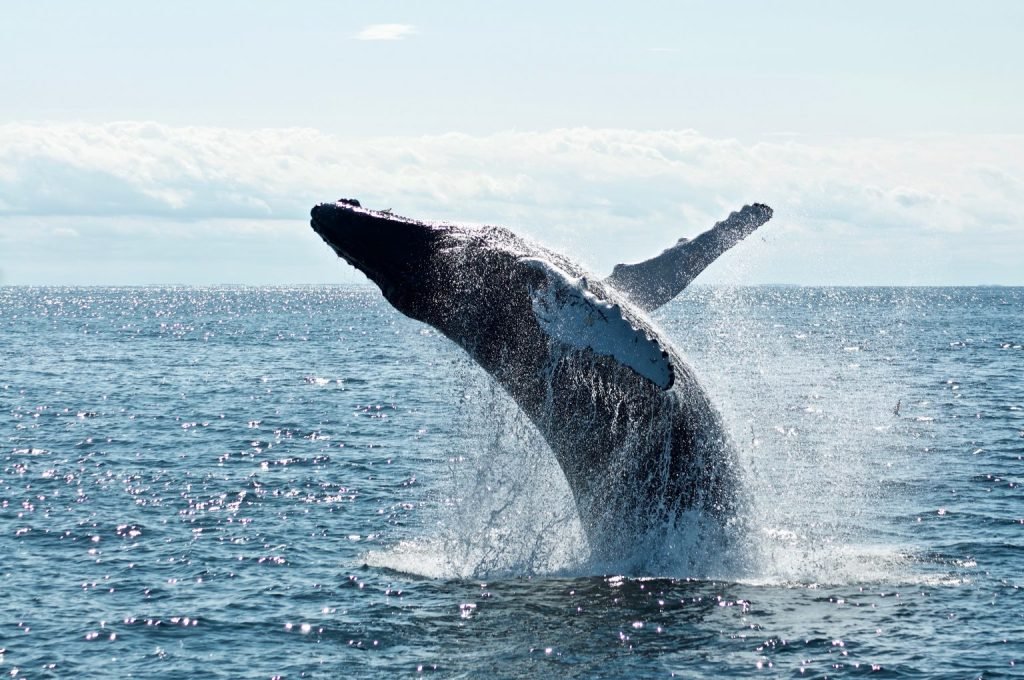
Whale Watching – 5 Interesting Humpback Whale Facts
-
-
Humpback whales have a gestation period of around 11 months, and their calves are born weighing around a ton and measuring 12-16 feet in length.
-
Adult humpback whales are one of the largest species of baleen whales, with adults reaching lengths of up to 50 feet (15 meters) and weighing up to 40 tons. This weight is due to eating up to 3,000 pounds (1,360 kg) of food per day during the feeding season.
-
These whales are known for their long, complex songs, which can last up to 20 minutes and are sung by male whales during the breeding season.
-
Humpback whales are found in all of the world’s major oceans and typically migrate between their feeding and breeding grounds each year, traveling up to 16,000 miles (25,000 km) in some cases.
-
Females give birth to a single calf every 2-3 years, which they nurse for around a year before weaning them.
-
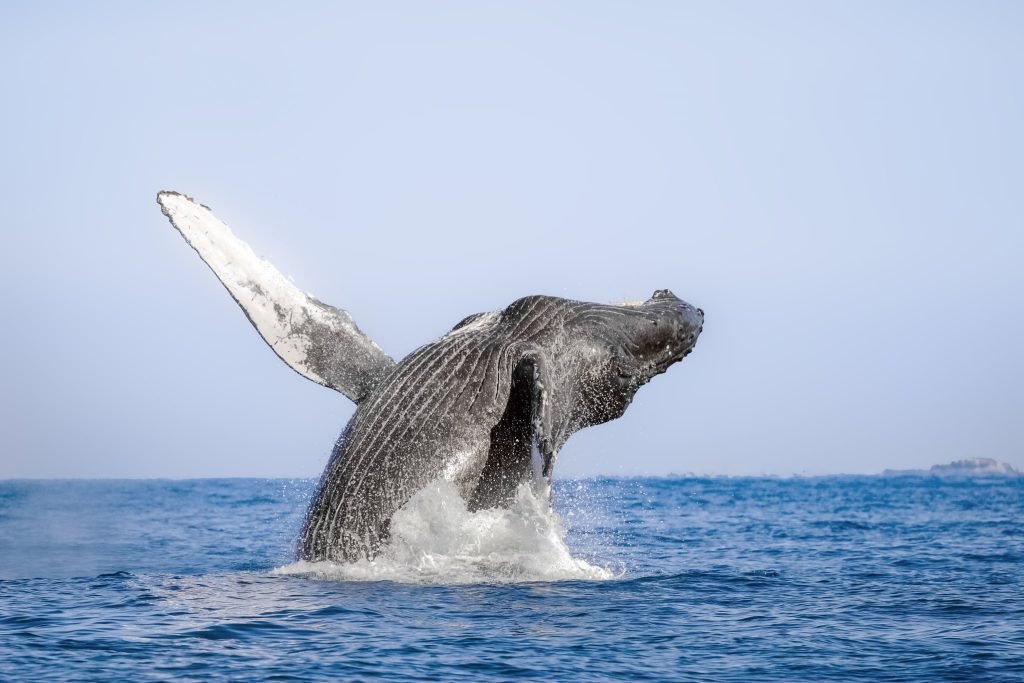
Now the question most people wonder, “Why do humpback whales breach the way they do?“
Answer: Even after years of whale watching, there is still not a clearly defined answer to this phenomenon.
One theory is that breaching is a form of communication or a way to signal to other whales in the area. It may also be a way to attract a mate during the breeding season, as breaching is more commonly observed during this time.
Another theory is that breaching may help to dislodge parasites or other irritants from the whale’s skin, as breaching often involves the whale slapping its body back down onto the water’s surface.
Breaching may also simply be a way for humpback whales to play and have fun. Observations of young whales engaging in breaching behavior support this theory.
Overall, breaching is likely a complex behavior with multiple possible functions, and it may serve different purposes depending on the situation and context in which it occurs.

Aside from humpback whales, other whale species that can be spotted in Banderas Bay include Bryde’s whales, killer whales (orcas), pilot whales, and occasionally sperm whales. However, sightings of these species are less frequent compared to humpback whales. It’s also worth noting that during certain times of the year, other marine animals such as dolphins and sea turtles can also be seen in Banderas Bay. Let’s go over these other whales species in a bit more detail:
Bryde’s Whales
Bryde’s Whales: pronounced “broo-das,” are baleen whales that are found in warm, tropical waters around the world, including the waters of Banderas Bay in Mexico. They are named after a Norwegian whaler, Johan Bryde, who helped develop the modern whaling industry in South Africa in the early 1900s.
Bryde’s whales can grow up to 50 feet (15 meters) in length and weigh as much as 40,000 pounds (18,000 kilograms). They have a sleek, streamlined body with a pointed snout, and a distinctive three-ridge structure on their head.
These whales feed on small fish and krill, and are known for their agility and speed when hunting. They often feed alone or in small groups, and can be seen breaching, spy-hopping, and tail-slapping. While Bryde’s whales are not as well-known as some of the larger whale species, they are still an important part of the marine ecosystem and a fascinating animal to observe in their natural habitat.

A Bryde’s whale taking in a large school of krill near the surface
Pilot Whales
Pilot Whales: the pilot whale, also known as the long-finned pilot whale, is a species of toothed whale that is found in all the world’s oceans, primarily in deep offshore waters. They are named after their long, sickle-shaped dorsal fin, which distinguishes them from other similar whale species. Pilot whales are highly social animals and typically travel in groups called pods, which can number from a few individuals to over a hundred.
These whales are relatively large, with adult males reaching up to 6.7 meters (22 feet) in length and adult females up to 5.7 meters (18 feet) in length. They are primarily black or dark gray in color, with a lighter patch on their chin and belly. Pilot whales are known for their vocalizations, which include whistles, clicks, and buzzes.
Unfortunately, pilot whales are sometimes hunted for their meat and blubber in some parts of the world, which has led to declines in some populations. They are also susceptible to entanglement in fishing gear and other types of human-caused threats. However, conservation efforts are being undertaken to protect these animals and their habitats.
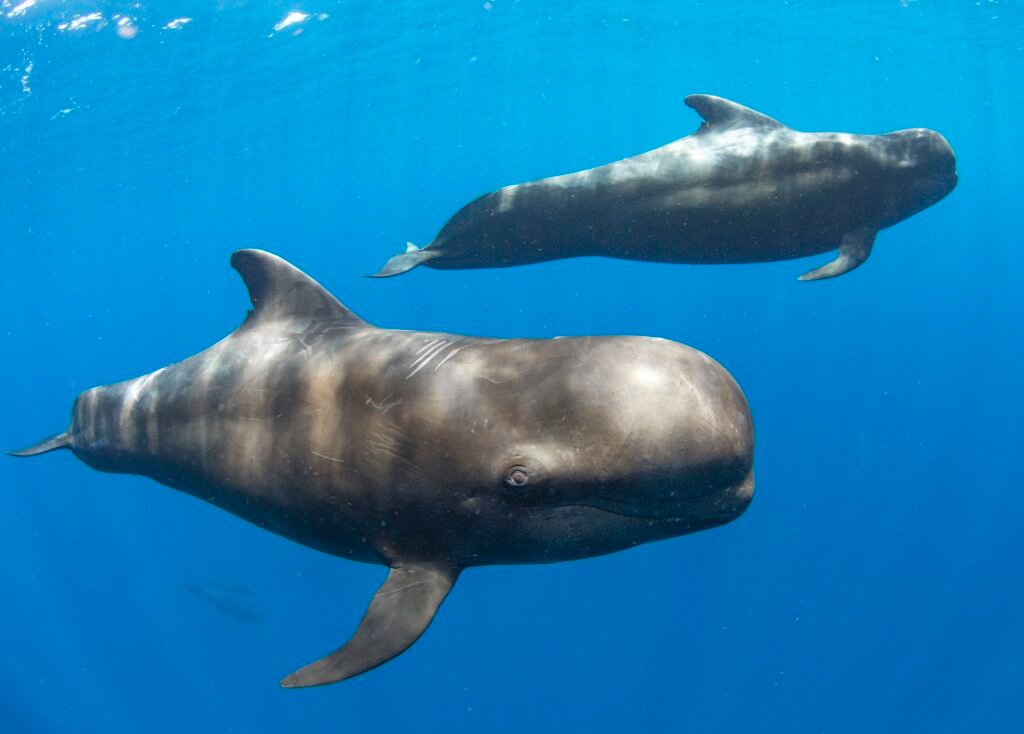
Sperm Whales
Sperm Whales: are the largest toothed whales and have the largest brain of any animal. They are known for their distinctive block-shaped heads and can grow up to 20 meters in length and weigh up to 57,000 kg. Sperm whales can be found in all of the world’s oceans, with populations in both deep offshore waters and shallower coastal regions.
Sperm whales are known to be active divers and can dive for up to 2 hours at depths of up to 2,000 meters. They feed primarily on squid, but may also consume fish and other marine organisms. Sperm whales are also known for their vocalizations, which can be heard by other whales over great distances.
Sperm whales have played a significant role in human history, as they were extensively hunted for their valuable spermaceti oil in the 18th and 19th centuries. Today, they are protected under international law, although some populations are still threatened by environmental degradation and other factors.
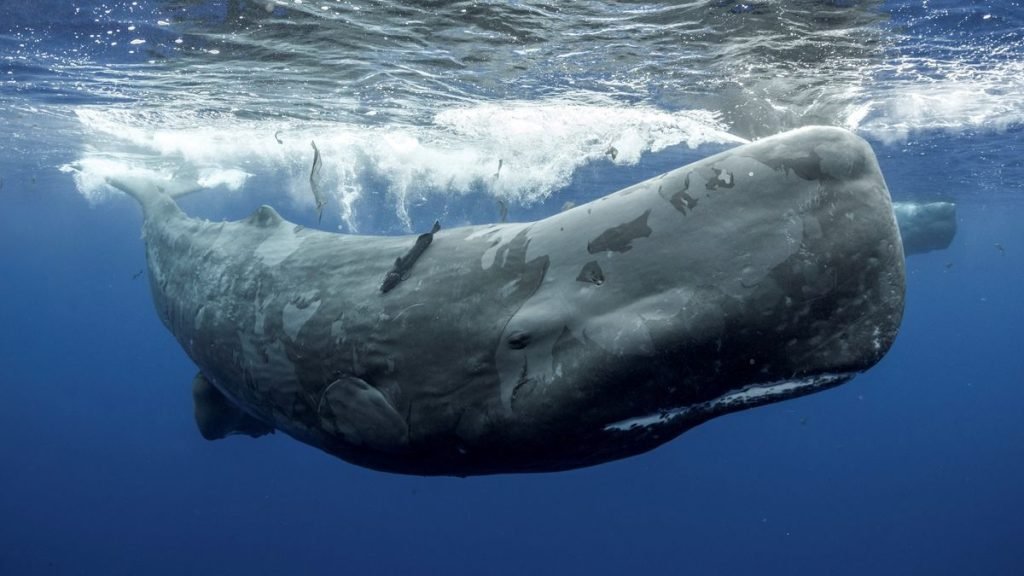
For your chance to fulfill the extraordinary experience of whale watching the next time you’re in Puerto Vallarta, come whale watch with us at palmara.co. We’ll make your time on the water something you’ll not soon forget. We look forward to meeting you on your next trip to Mexico!






